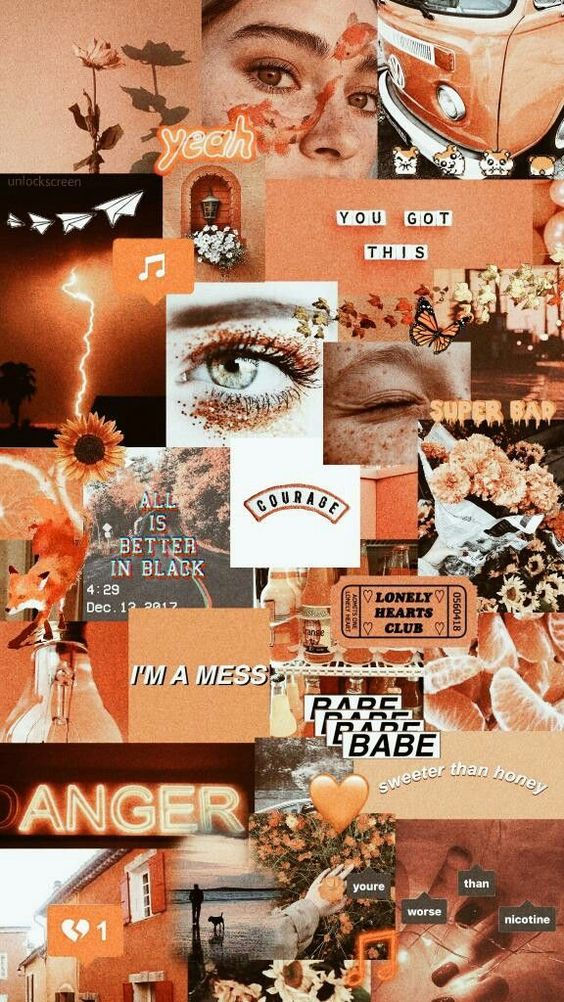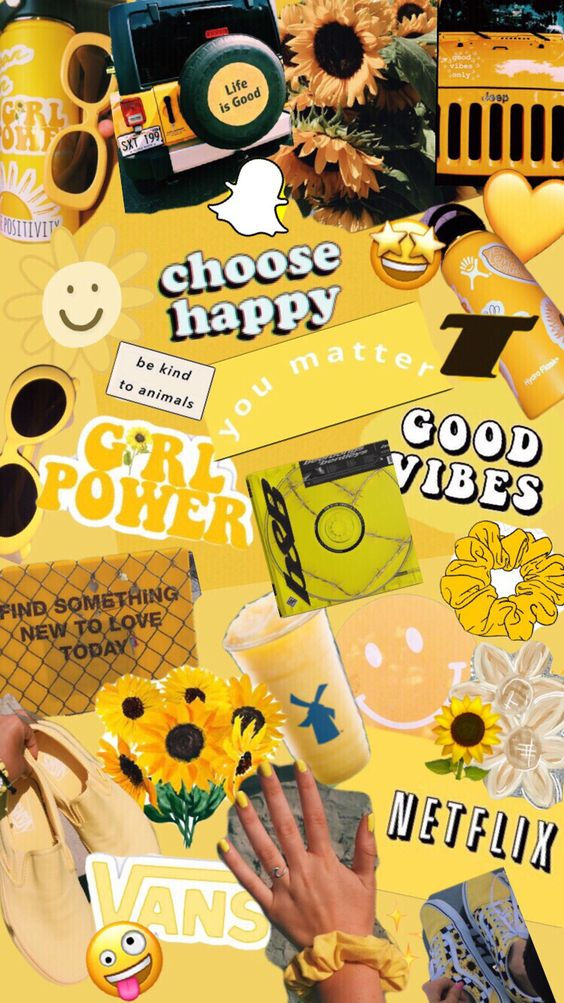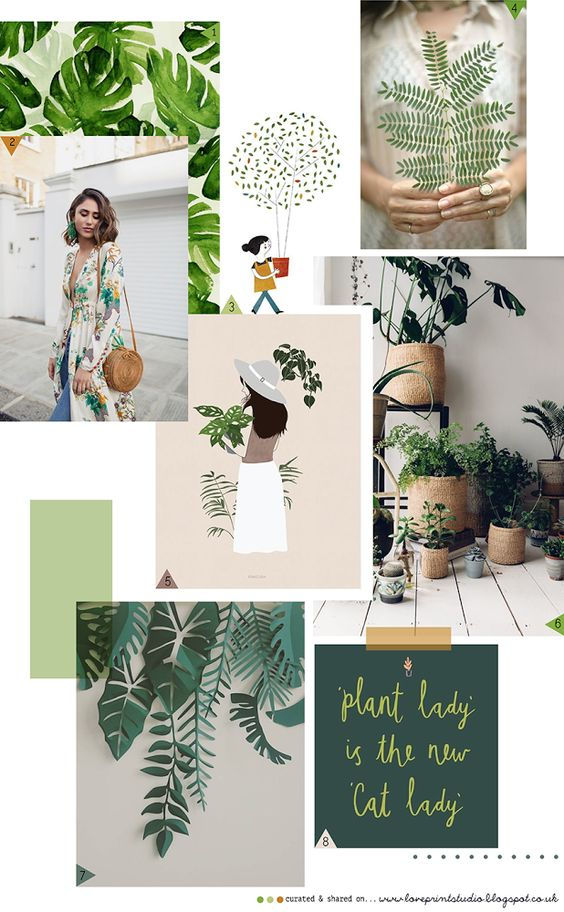colour - deconstructing it. what does colour mean in branding?
- Ellie

- May 5, 2019
- 4 min read
Colour in one of the key foundations for successful branding. It has a huge role in how brands are perceived and responded to by the consumer. A strong colour palette builds a recognisable visual image for a brand in the consumers mind.

Red
In colour psychology, red is the most intense colour, the colour is known to have a profound affect on the human body, shown to increase blood pressure and heart rates. This is probably because red is the colour of blood, often associated with danger, energy, war and power. However it also represents love and desire. An emotionally intense colour with high visibility and engaging to consumers.
However this is different for different shades, for example dark red/burgundy feels more luxurious whereas a brighter red feels more sexy. Red in Europe tends to be used to attract attention, in danger signs or maybe associated with love, however in China it is used for good luck or worn when celebrating. In Thailand it is the colour of Sunday. Red is used in food branding e.g. Coca Cola as it is said to trigger hunger.

Orange The colour orange suggests optimism, adventure and fun. It's a little less subtle and aggressive compared to red. It is often associated with affordability for example EasyJet, but richer shades of the colour are used by luxury brands for example Louis Vuitton and Hermes. Orange radiates positivity, suggesting its creative and self confident. In western parts of the would it is associated a lot with pumpkins and halloween. However, in the Netherlands it's the colour of the royal family so shows how it's also perceived as a luxurious colour.

Yellow Yellow is one of the most 'bipolar' colours, as it sends mixed messages. On one hand the colour radiates positivity, happiness and warmth, however it has tendencies to cause nervousness and anxiety. The colour is attention grabbing and represents caution, however not danger. Light and 'Lemon' Yellow feel clean and fresh, helping it feel uplifting however darker shades of yellow are thought to be depressing and can cause feelings of loneliness. This is reflected in different parts of the world for example in Europe its considered uplifting but in Latin America and Egypt it is the colour of mourning. Something I found interesting is that in China it is considered a masculine colour. In Branding it is a popular choice with fast food chains as the colour is often associated with movement, suggesting that its quick for their customers. It's also used in branding for brands who consider themselves logical for example Post-It and Bic.

Green Typically, green is the colour of nature. It symbolises growth, freshness, serenity and healing. Psychologically, green branding promotes clarity of the mind and the balancing of our emotions. Green is highly associated with nature and health, encouraging a sense of compassion, kindness and nurturing.
However, darker greens are closely related to money, banking and wealth, and can be considered negative feeling greedy, while lighter greens have a more calming effect.
Genuienly globally green is considered a lucky colour as its the colour of 4 leaf clovers and money however it is a forbidden colour in Thailand! Brands like Tic Tac use green as it is considered fresh. Other brands like Land Rover and Lacoste use green as its symbolises prestige and wealth. Its also used in technology and by brands that want to gain their consumers trust, for example Starbucks.

Blue Blue is the colour of purity. Universally it is perceived as trustworthy and loyal. It is a popular colour with financial institutions and social media sites due to its message of stability and trust. Blue also is used for promoting products related to cleanliness, air and sky and water. However it is also used to describe depressing feelings, for example the phrase 'feeling blue'. Pale blue is considered to show creativity and freedom whereas dark blue shows knowledge and responsibility. In Egypt blue in considered to warn off evil. Blue is used by healthcare brands to show purity and then technology brands such as Dell and American Express to show trust.

Black Black represents power, elegance and authority. It is also has negative meanings for example its associated with evil and grieving. Black is a serious and dramatic colour that evokes strong emotions, too much of the colour can be overwhelming for the consumer. It can be over used and hard to catch the attention of the consumer, but at the same time it is strong and makes a statement. Black represents a classic and luxury brand which is trustworthy, elegant and sophisticated for example YSL, or intelligent like Uber.
Tones are created by adding black and white to colours. It subdues the intensity and can also change the meaning of the colour, making it feel lighter and calmer or more dramatic.
Certain shades or tones of colours trigger different meanings when paired with other colours.
Colour is a great visual tool used to connect and communicate with the consumer, it has the ability to influence mood and tap into someones emotions. Colours can change meaning depending on what context it is used. Brands use colour to create an individual and recognisable image in the minds of the consumer. The colour palette they use in their branding will contribute to portraying the brands identity and personality. When deciding on colours to use the brand must consider its target audience, and factors like their cultural beliefs, age and their competitors. Understanding colour can make the difference in if a brand is successful or not.








Comments